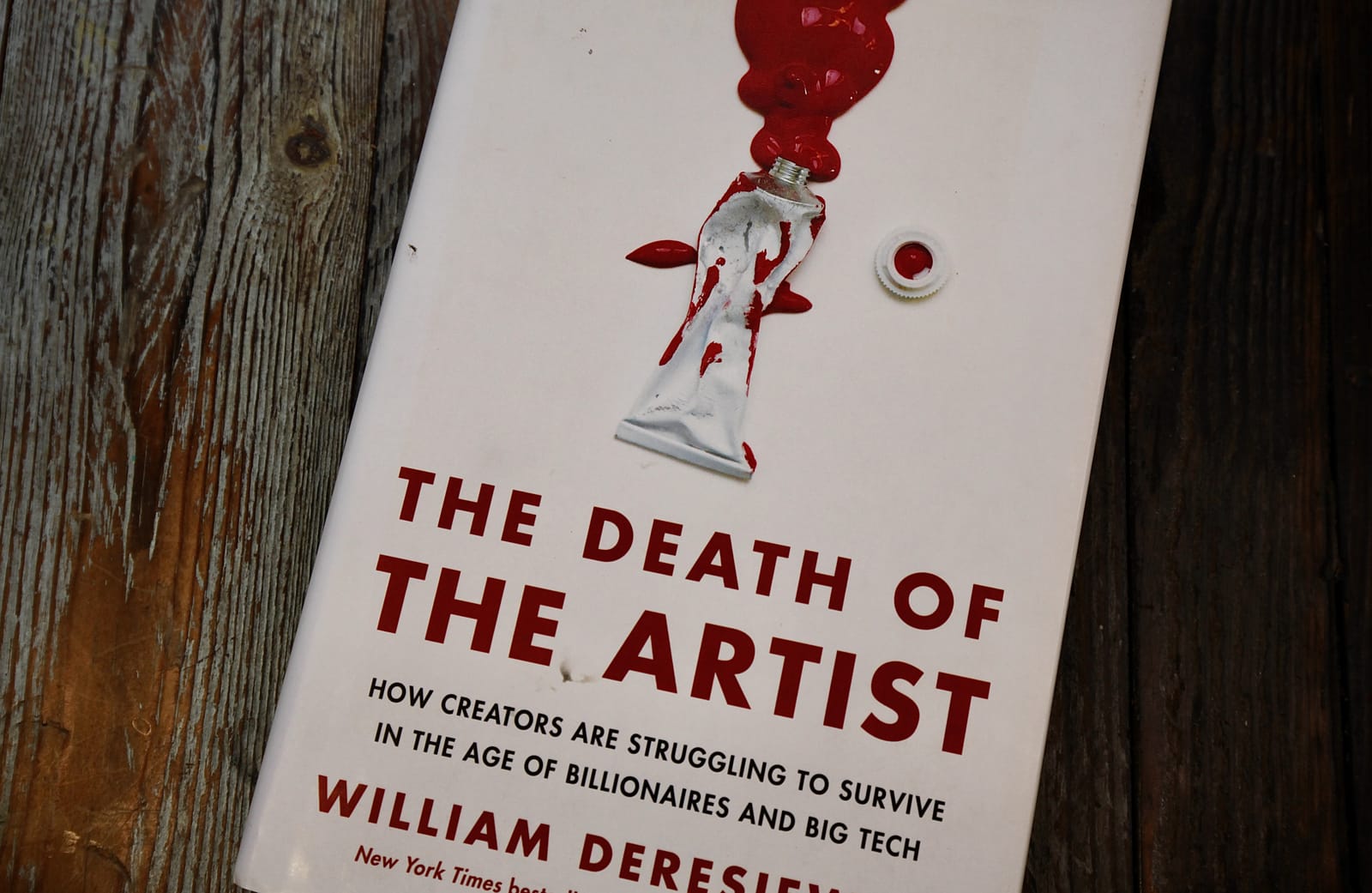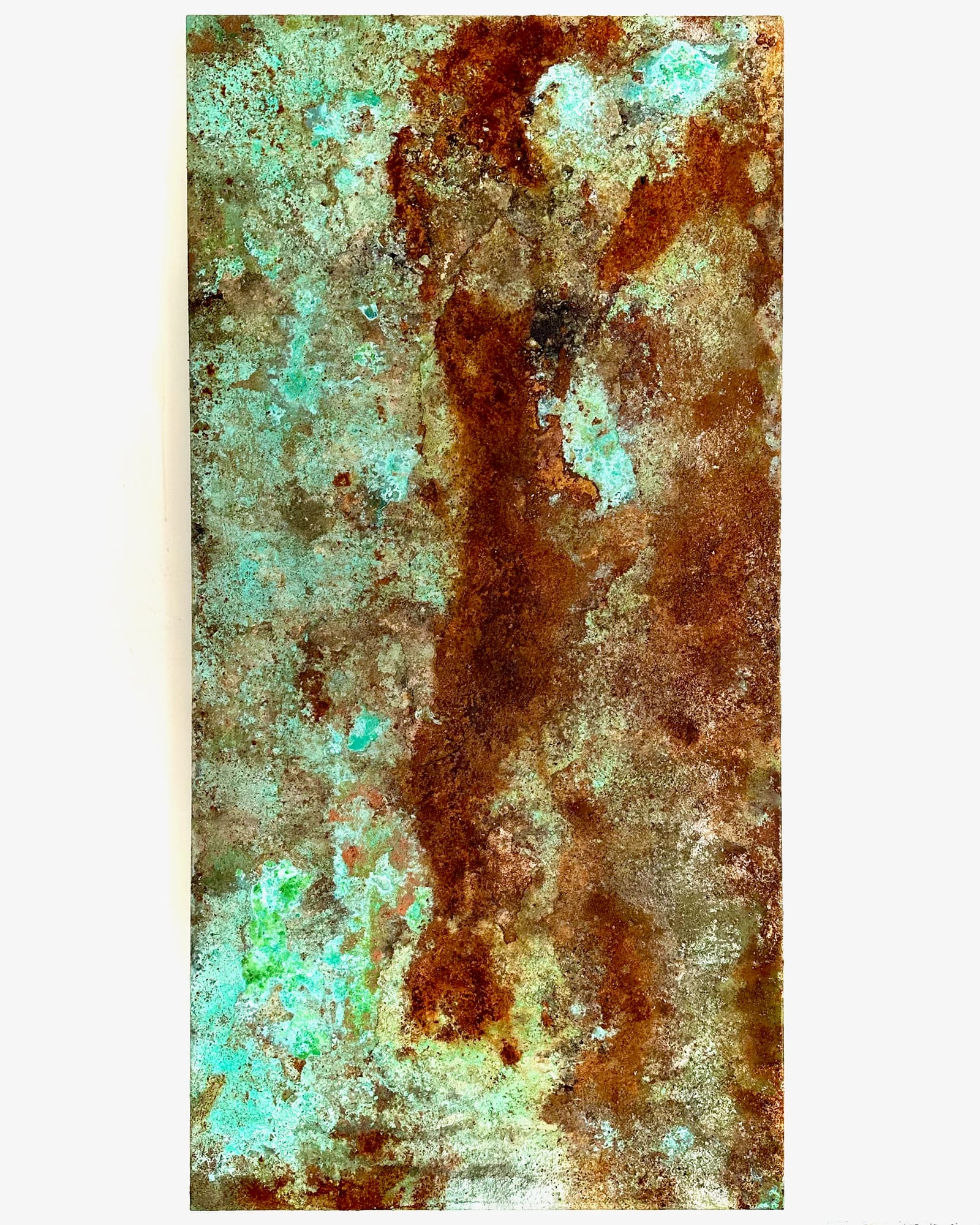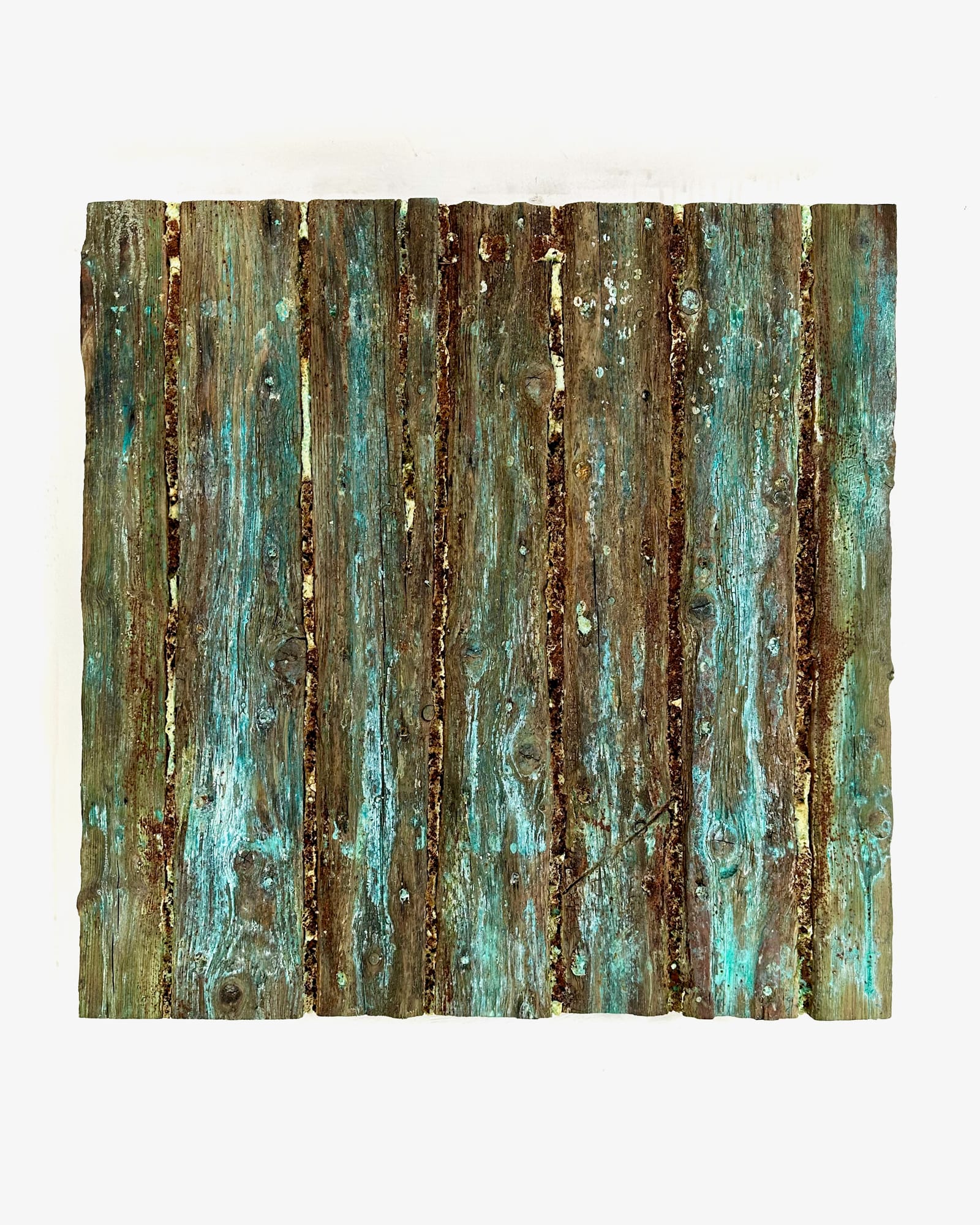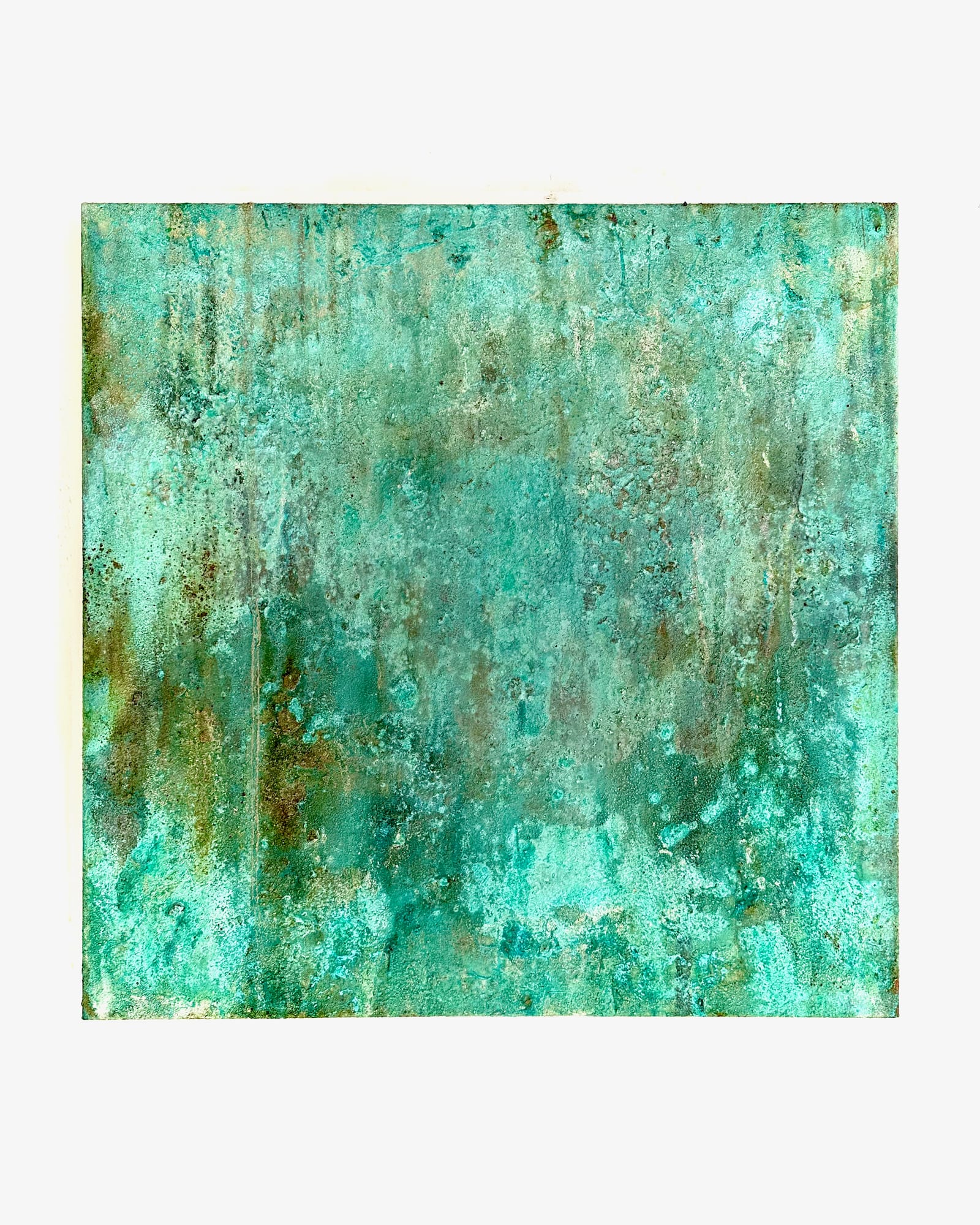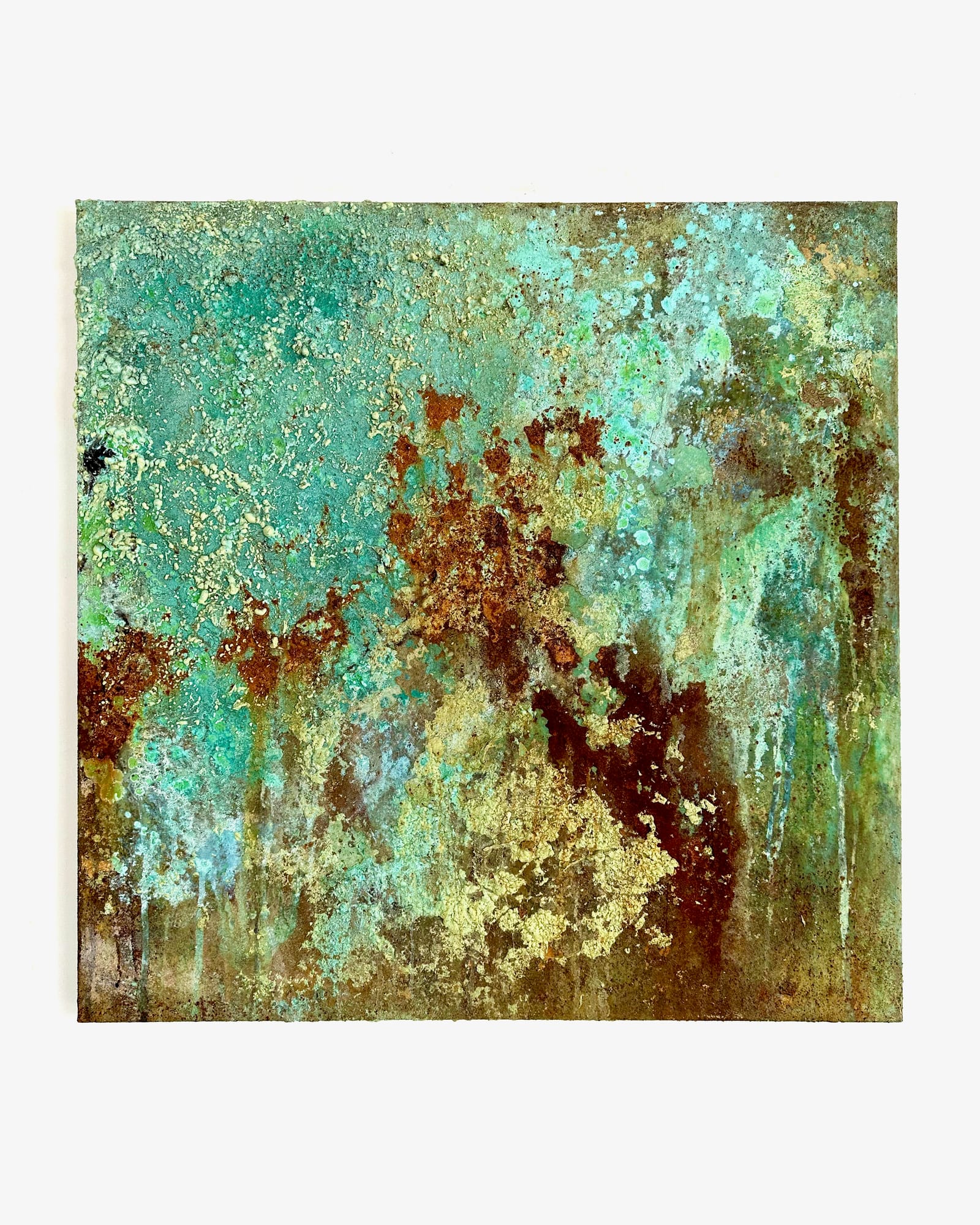The title makes you think of a crime novel, and the American hardcover edition's bleeding tube of red paint actually makes the book look like a splatter novel. However, as the subtitle How creators are struggling to survive in the age of billionaires and big tech suggests the crime in question is not a crime in the traditional sense. The death of the artist is rather a consequence of the disruption and winner-takes-it-all practices of the tech giants.
It is not enough to just create a good, solid, or downright groundbreaking work (product). At least as important is creating a brand, getting off the ramp, and creating and engaging an audience.
William Deresiewicz begins the book by uncovering the obvious questions: what is it to be an artist at all and why is the free, creative artist so important to society?
Here is a passage that speaks for itself: "The artist's task is not to entertain the audience or support its interests, not to praise Our Lord, the group, or the sports drink, but to search for a new truth."
Today, when the independent, critical media is falling apart and the agenda is dictated by the commercial interests of big players, the creative artist and art's expansion of the world is more important than ever.
Art: a goldmine for digital distributors
The problem is not that good and relevant art is no longer being created. It does so to a great extent and in all directions. The problem is that the proceeds mostly go to the distributors, not the manufacturer.
Deresiewicz has based the book on interviews with a sea of different performing artists who all more or less tell the same story: While the platforms and the digital distributors are spinning gold, it is becoming more and more difficult for the content creators to maintain a sustainable business.
Admittedly, Chris Anderson's lange hale long tail is a reality and with a suitably defined niche it is possible for most artists to find a global audience. However when it comes to actual sales there isn't much for the niche artists to write home about. The individual views and downloads are settled so low that it really takes a lot to make actual money.
Rather than the broad mass of artists it is the one percent at the top who run with the attention and the sales. Also digitally, the celebrity factor is a far more important sales driver than the actual content. It is the same well-known faces that dominate the media image across the disciplines and the same well-known people who get the airtime, the book titles and the lucrative contracts.
Where publishers and music publishers traditionally saw it as a core task and a natural obligation to invest in and develop a new pool of talent, the up-and-coming artists today are increasingly relegated to creating awareness and an audience themselves.
Establishing yourself as an artist suddenly—for better or for worse—disturbingly resembles starting your own business.
The artist as a modern entrepreneur
William Deresiewicz writes in the book that the good news is you can do it yourself; the bad news is you have to.
As an artist in today's gig economy there is no doubt that you must consider yourself a one-man business that, in addition to the artistic production itself, must also handle and excel in sales, marketing, branding, and strategic development.
It is not enough to just create a good, solid, or downright groundbreaking work (product). At least as important is creating a brand, getting off the ramp, and creating and engaging an audience. Hard work, but not insufferable.
The problem is of course, that the time and effort it takes to do that work—to run the business—simultaneously can't be spent on creation and immersion. On the contrary many of the pure business concerns quickly can end up blocking the artistic process.
Another problem with the attention economy is that once you find a formula that works and get the necessary likes and sales, you will have a natural tendency to continue in the same shed. When art thus becomes content, it quickly loses its relevance and edge.
What needs to change going forward?
In the third part of the book, Deresiewicz refers to his interviews with musicians, writers, visual artists, and film and TV people.
The individual cases are super interesting and fortunately show that despite the challenges, far from all performing artists live on the brink of starvation.
Nevertheless it is mind-boggling how much hard work and how much determination it takes to break through. One of the many interviewed in the book is Monica Byrne who by detours has become known and recognized as a science fiction author. The spreadsheet where she has collected her manuscript submissions, applications, etc. documents a total of 18 accepted manuscripts and a shocking 548 rejections over a 6-year period. We're talking serious dedication here! Most of us would probably have thrown in the towel long before the first signed contract.
The book is, for better or for worse, American. There is no doubt that the institutions (at least still) are stronger in Europe where we are privileged by both strong rights organizations and a higher degree of governmental redistribution.
That said, the development at home is pulling in the same, sad direction.
In that context, the death of the artist is just as much the death of the classic trade union movement and the classic public institutions. The possible resurrection is just as obvious and thankfully still a direction we can choose to go:
As the book's author suggests the way forward is a showdown with the excessive concentration of purchasing power and wealth, which is a direct consequence of the way deregulated, modern money rules our world.
William Deresiewicz: The death of the artist
Hardcover: 368 pages
Henry Holt & Co. (2020)




